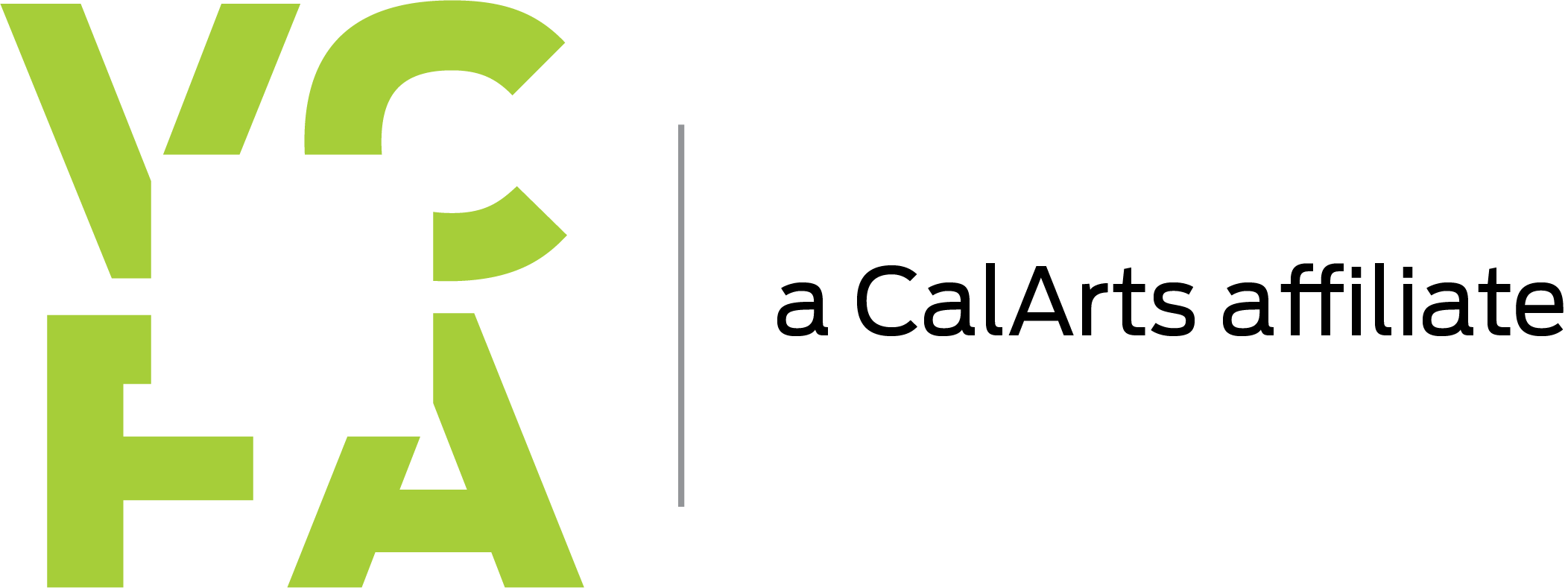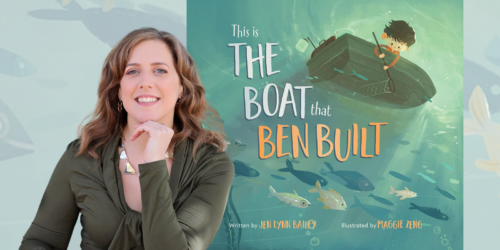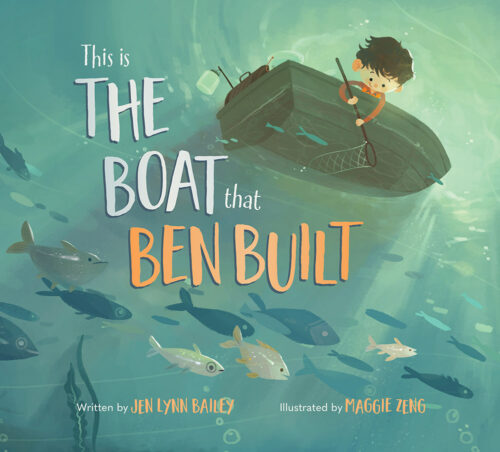Jen Lynn Bailey, 2013 MFA Writing for Children & Young Adults
In early 2023, VCFA interviewed 2013 WCYA graduate Jen Lynn Bailey, author of the picture book This is the Boat that Ben Built (Pajama Press 2022). We spoke to Bailey on the themes and ideas present in her work and the story behind the creation of This is the Boat that Ben Built.
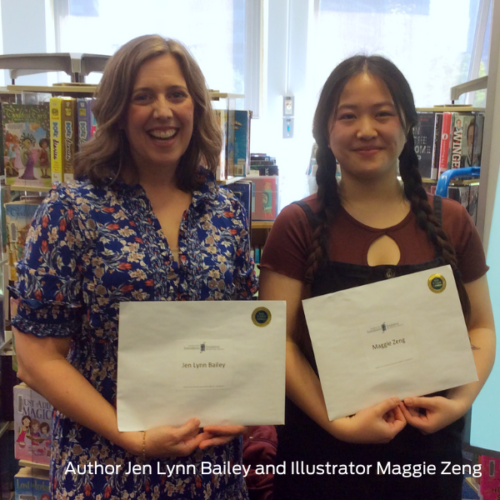
After our initial interview, Jen Lynn Bailey was awarded the 2023 Ruth & Sylvia Schwartz Children’s Book Award in the picture book category by Ontario Arts Foundation & Ontario Arts Council for her picture book This is the Boat that Ben Built. Established in 1976, the award recognizes excellence in writing and illustration in English-language Canadian children’s literature. An award is given to one picture book and one middle grade or young adult book annually.
Bailey says of the award: “This recent award inspires me to know that my readers and I share a common playfulness, sense of wonder, and desire to explore interconnections in our natural world. It encourages me to keep exploring these things in my writing.”
Learn more about This is the Boat that Ben Built and more about Bailey’s work by reading excerpts from our conversation below.
ON THE THEMES AND IDEAS OFTEN EXPLORED IN HER WORK
I often explore connection and community in my stories, between people, and between people and the rest of the natural world. I grew up in a very tight-knit community and I’m always thinking about what it means to be in a community, what it means to leave it, the collective vs. the individual, and how to build and maintain connections and community. With respect to the connection between people and the rest of the natural world, I’m acutely aware of our interdependence. My world expands, is fuller, and more whole when I explore these things.
ON HER RECENT PICTURE BOOK, THIS IS THE BOAT THAT BEN BUILT
This is the Boat that Ben Built is a humorous fictional exploration of a northern river ecosystem with an intrepid young boatsman, and it includes nonfiction backmatter about the ecology and key species found in that ecosystem. In this story, young Ben sets out to explore the river equipped with a sturdy boat, some sample-collection gear, and his scientific curiosity. Along the way he meets a black bear taking a swim, a moose all wobbly and slim, a goose with a gorgeous grin, and a heron all proper and prim…but things really start happening after the owl HOOs loudly on a whim.
ON THE STORY BEHIND ITS CREATION
I first got the idea for this book because of my love for cumulative stories. I particularly loved The Napping House by Audrey Wood (illustrated by Don Wood) and Simms Taback’s version of This is the House that Jack Built. I was finishing up my final semester at VCFA, and I needed a break from writing the middle grade novel that was making up the biggest chunk of my creative thesis. So, I set myself a fun challenge: to try to mimic the rhythm and rhyme of This is the House that Jack Built and set it in the woods. The first version of this story was called This is the Cabin that Ben Built and I imagined Ben to be a man who built a cabin by a river. He wanted to go for a quiet paddle in his canoe, but the animals who lived there had other ideas. In one version Ben ended up with a capsized boat in the river. It took me a long time to get the cumulative part of the story working, and to realize that the story was stronger when the focal point was the river and boat rather than the cabin.
In the end, I settled on the version of This is the Boat that Ben Built that was published, and I left a lot up to the illustrator. For example, I didn’t specify the kind of boat Ben built (was it a toy boat? a real boat?), what he was doing on the river (was he fishing?), or how old Ben was. It was a nice surprise to see how the illustrator Maggie Zeng and our editor Erin Alladin interpreted it: Ben became a boy who built a rowboat and explores the river. I also loved the addition of the adult character and dog who follow along on the shoreline.
I added the backmatter following a conversation with a mentor, later in the revision process. While the story could certainly stand alone, I liked the idea of adding more content to help kids think about the real-life interactions of the animals in the book. Certainly, they wouldn’t really all be swimming together like they are in the story, but they are interconnected in important ways. I added in fun facts about the animals and included their predator-prey relationships. It turned out that the acquiring editor agreed that the backmatter would be an important part of the book, as you can tell from the nine pages ultimately devoted to it.
ON HOW PICTURE BOOKS CAN HELP YOUNG READERS EXPLORE ECOLOGICAL INTERDEPENDENCE
A cumulative picture book is a great form through which kids can explore ecological interdependence. It’s my hope that my rhythmic word choices and Maggie’s misty, warm palette invite a soothing fictional exploration as each animal is introduced and linked to those that came before it. The ultimate impact of a single, unexpected “HOO!” then shows how quickly this linked chain can also come undone. For the youngest readers, understanding how one action led to another is a great start toward understanding connections in an ecosystem. Older readers might question the reality of some of the peaceful interactions in the story: like how a bear swims calmly next to all these animals (and to Ben!), and that’s where the backmatter invites them to draw that line between the fictional and real-world interdependencies.
ON HOW SHE HOPES THE BOOK IMPACTS ITS READERS
I hope that kids will be curious to learn more about and explore river ecosystems near them, in the company of a trusted adult. More generally though, I hope it gets them thinking about the connection between different living and nonliving parts of an ecosystem, and the beautiful dependencies that exist within it. I hope they continue to develop their sense of awe and wonder about the world. I think that’s the best place from which we will collectively protect and value these natural environments, and each other.
ON HOW TO STAY UP-TO-DATE WITH JEN LYNN BAILEY
Website: www.jenlynnbailey.com
Book: https://jenlynnbailey.com/books/this-is-the-boat-that-ben-built/
Newsletter: https://jenlynnbailey.com/contact/#foobox-1/0
@Jlynn_Bailey on Twitter
@jlbaileybooks on Instagram and Facebook
